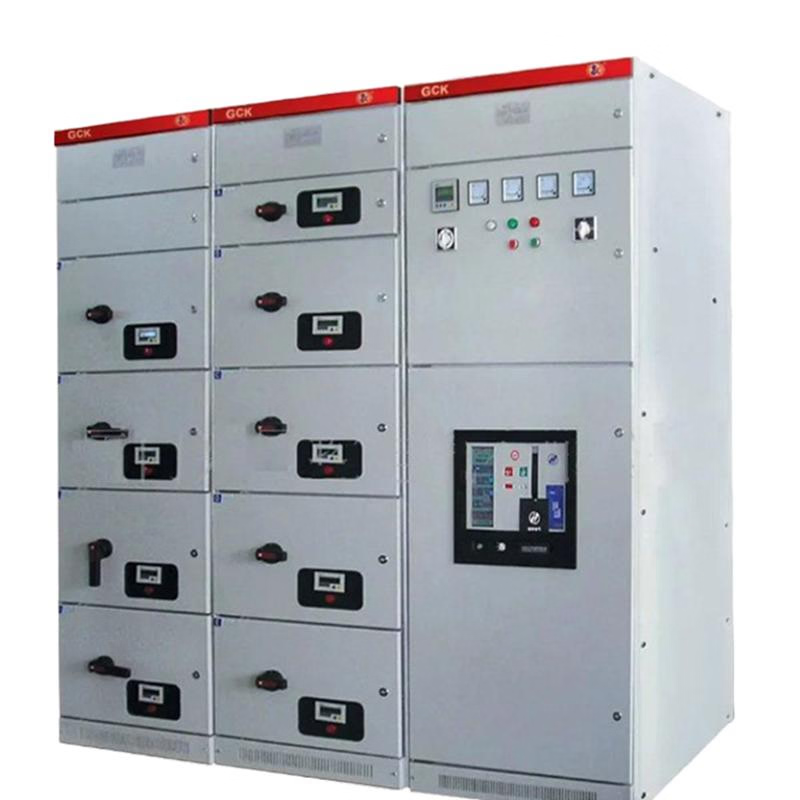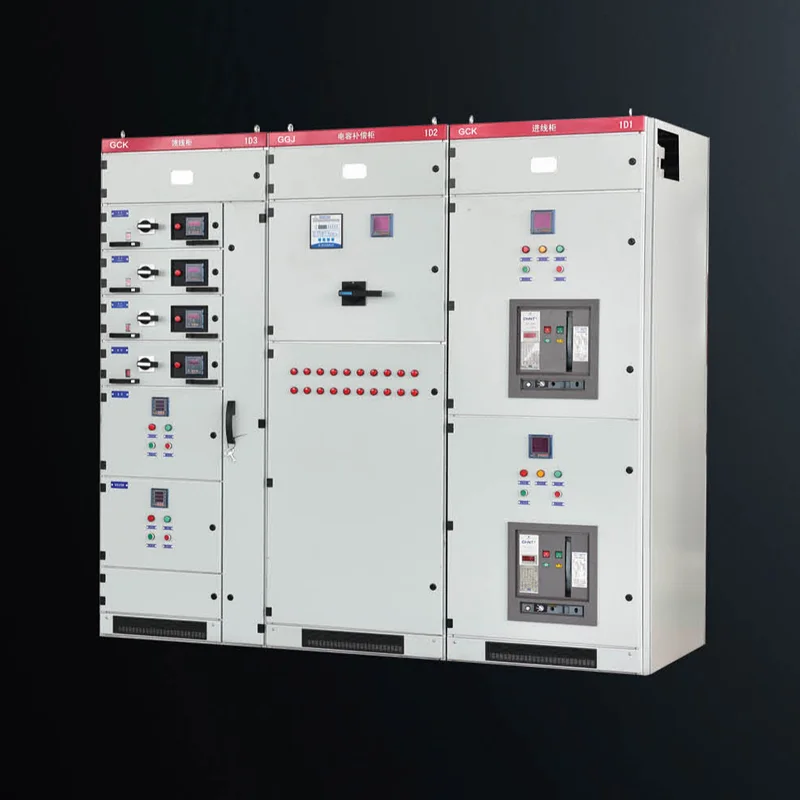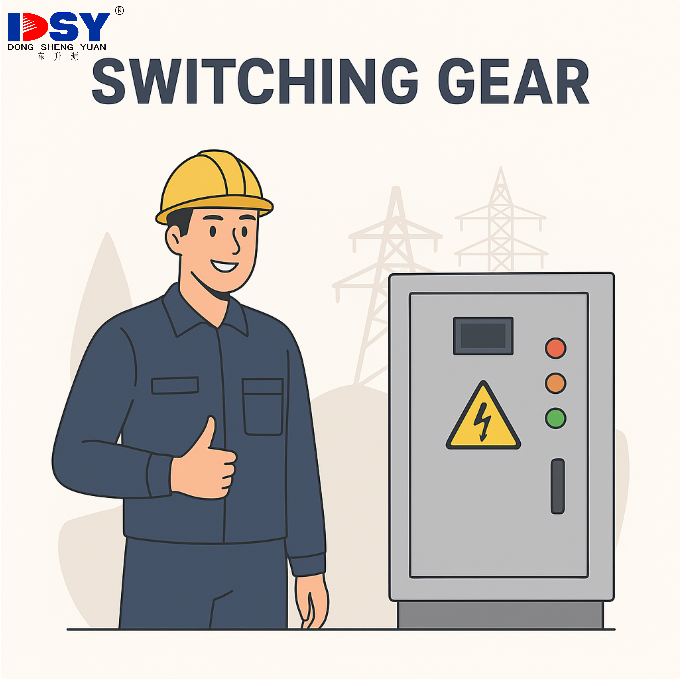1. Introduction
Low-voltage withdrawable switchgear plays a vital role in modern industrial power distribution. For procurement managers and engineering decision-makers, choosing the right type of switchgear is not just about meeting specifications—it’s about reducing downtime, ensuring safety, and simplifying maintenance. This guide explains what low-voltage withdrawable switchgear is, how it works, and why it’s essential for high-performance electrical systems.
2. Main Content
What Is Low-voltage Withdrawable Switchgear?

2.1 Basic Definition
Low-voltage withdrawable switchgear refers to a type of switchgear system where functional units (like circuit breakers) can be physically withdrawn or inserted without shutting down the entire system.
2.2 Core Functional Components
-
Circuit breakers or contactors
-
Busbars (main & distribution)
-
Instrumentation panels
-
Interlocking mechanisms
-
Withdrawable modules or trolleys
2.3 Typical Applications
-
Industrial plants
-
Data centers
-
Utility substations
-
Marine and offshore platforms

2.4 Key Features & Technical Advantages
| Feature | Benefit for Industrial Buyers | Risk of Omission |
|---|---|---|
| Withdrawable Design | Quick module replacement without full shutdown | Extended downtime during failures |
| Compartmentalized Layout | Enhanced safety and easier fault isolation | Higher arc flash risk |
| Front Access Maintenance | Saves space and improves serviceability | Maintenance delays in compact sites |
| Modular Architecture | Scalability for future expansions | Costly redesigns later |
| Compliance with IEC 61439 | Ensures global electrical safety standards | Non-compliance issues in export markets |
3. Fixed vs. Withdrawable Switchgear – What’s the Difference?
| Criteria | Fixed Type | Withdrawable Type |
|---|---|---|
| Maintenance | Requires shutdown | Online servicing possible |
| Cost | Lower upfront | Higher initial, lower lifecycle |
| Flexibility | Less flexible | Easily reconfigurable |
| Safety | Basic interlocks | Full mechanical/electrical interlocks |
3.1 Procurement Checklist — What to Evaluate Before Buying
3.2 : Load Requirements
Ensure the switchgear’s rated current and short-circuit capacity meet operational demands.
3.3: Space Constraints
Verify the switchgear cabinet fits available installation areas without limiting maintenance access.
3.4: Maintenance Strategy
Choose withdrawable units if your facility demands frequent servicing or module replacement.
3.5: Compliance & Certification
Look for IEC/UL certification, type-test reports, and arc resistance levels.
3.6: Supplier Capabilities
Assess manufacturer experience, spare part availability, and post-sale support.
4. Conclusion
Low-voltage withdrawable switchgear is not a one-size-fits-all solution—it’s an intelligent investment for operations that prioritize uptime, modularity, and safety. Understanding its architecture, application scope, and selection criteria helps procurement managers make informed, risk-mitigated decisions.





